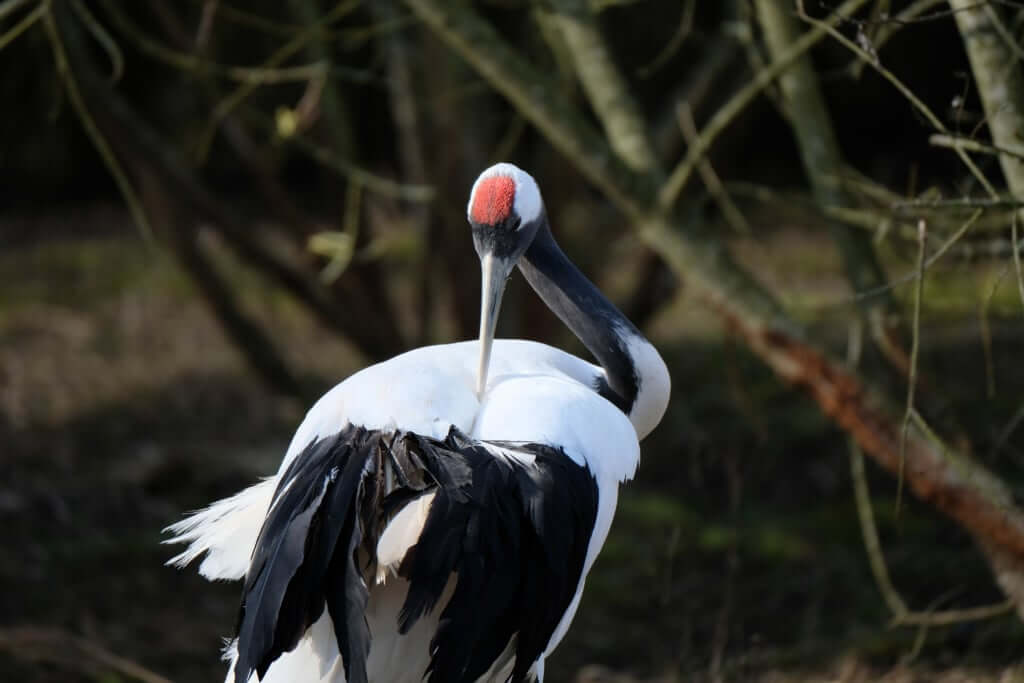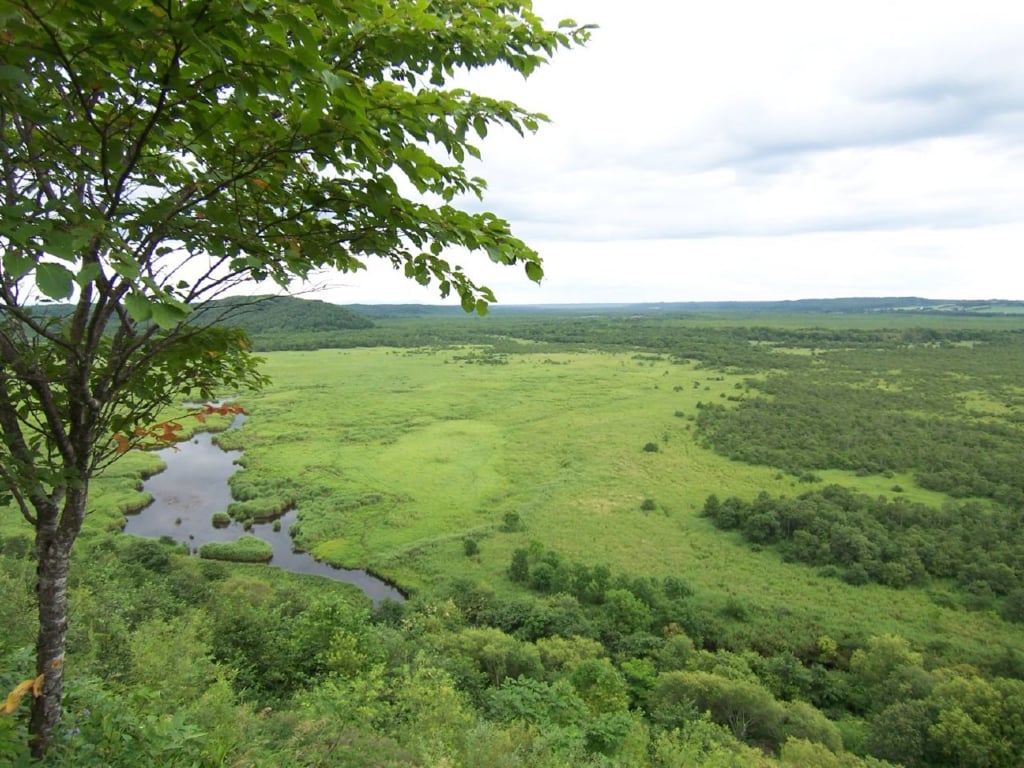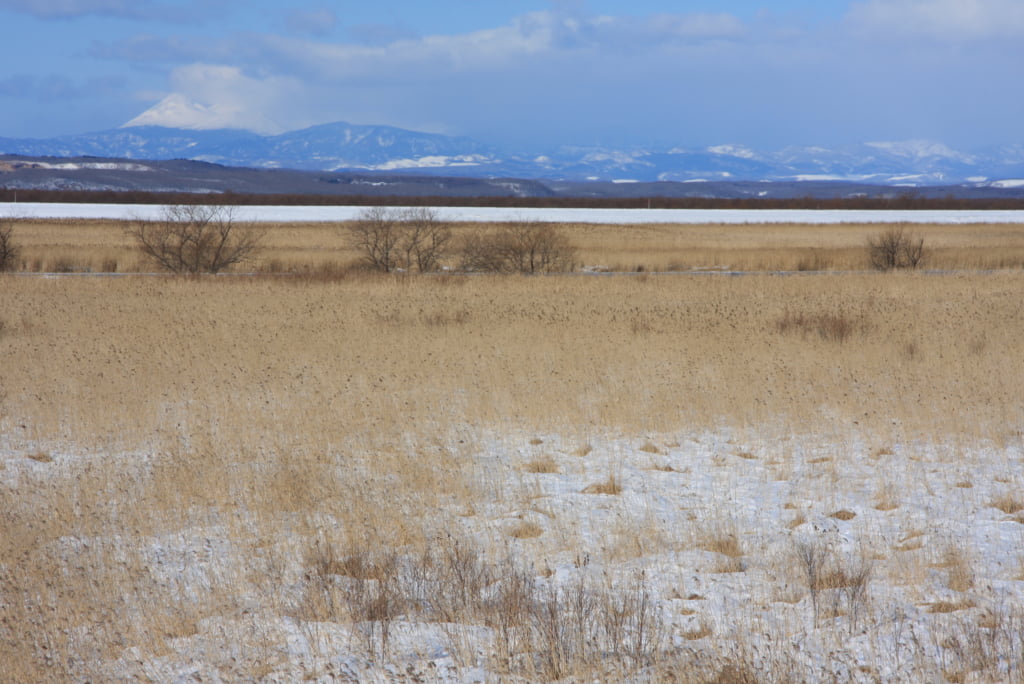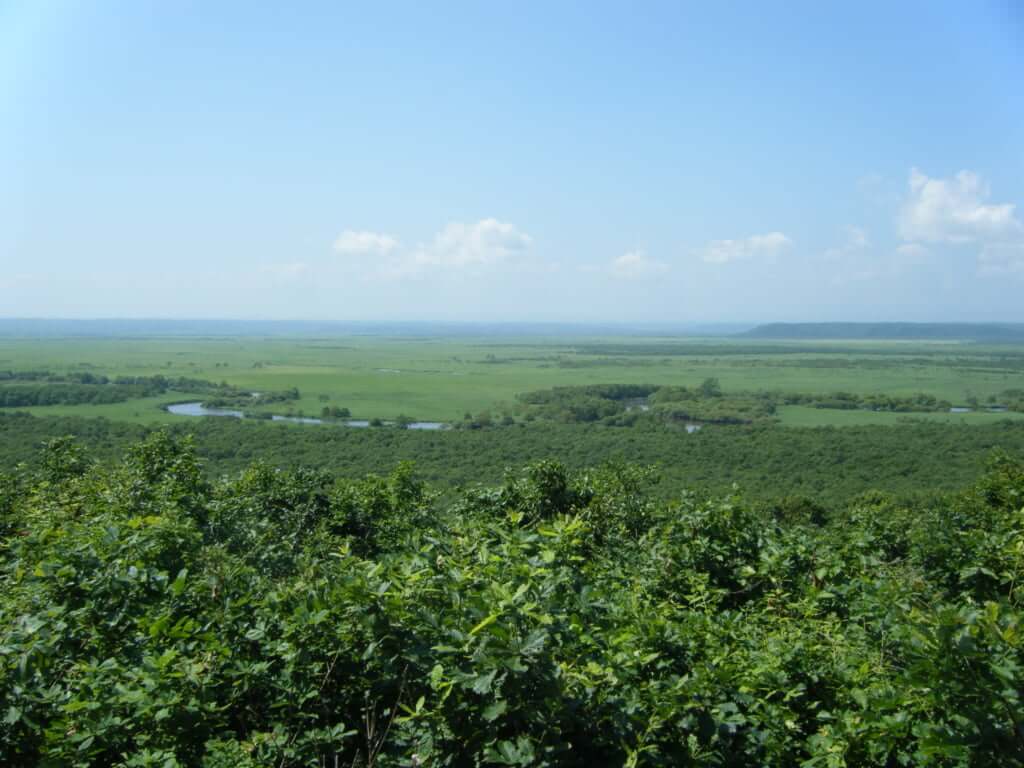Admire Japanese Cranes at the Kushiro Marshland
Situated in the heart of a national park on Hokkaido, the country's largest area of marshland is also a well-known ornithological reserve.

© Wikimedia
East of Japan’s northernmost island lies the Kushiro marshland. Covering an area of 183 square kilometres, it is the largest such area in the country. It is a destination of choice for ornithologists and bird watching enthusiasts because it is the only place in the world where Japanese red-crowned cranes, known as tancho, live all year round.
The Kushiro marshland has various hiking trails running through it that allow visitors to observe the cranes, of whom there were only around a dozen in 1920 but whose numbers have increased to a little over a thousand as of 2020. But the marshland is also known for housing other species like the Steller’s sea eagle in winter and Japanese snipes in summer, along with over 600 species of plants.
Onsen and fish market
Visitors to the park can go to the Hosooka Observatory that offers a panoramic view over the marshland and the Kushiro River that winds through it. Two stops can be made before or after the visit: one in one of the many onsen in the town of Shibecha, in the heart of the forest, and another in the city of Kushiro to visit the fish market where the fishermen hold an auction every morning.
Close to the city of Kushiro, the recommended option for those visiting the marshland is to hire a car to be able to move around without difficulty. Kushiro can be accessed by plane from Tokyo. It is also possible to get there by train (4 hours 30 minutes) or by bus (5 hours 30 minutes) from Sapporo. Alternatively, a steam train runs from Kushiro or Shibecha, the shitsugen norokko, from late April until September.
More information about the Kushiro marshland can be found on the Japanese Ministry of the Environment’s website.

© Hajime Nakano - Flickr

© Highten31 - Wikipedia

© User:欅 - Wikipedia

© Wikimedia
TRENDING
-
A House from the Taisho Era Reveals Its Secrets
While visiting an abandoned building, Hamish Campbell discovered photographs the owner had taken of the place in the 1920s.

-
The Taboo-Breaking Erotica of Toshio Saeki
The master of the 1970s Japanese avant-garde reimagined his most iconic artworks for a limited box set with silkscreen artist Fumie Taniyama.

-
With Meisa Fujishiro, Tokyo's Nudes Stand Tall
In the series 'Sketches of Tokyo', the photographer revisits the genre by bringing it face to face with the capital's architecture.

-
Masahisa Fukase's Family Portraits
In his series ‘Family’, the photographer compiles surprising photos in which he questions death, the inescapable.

-
Hajime Sorayama's Futuristic Eroticism
The illustrator is the pioneer for a form of hyperrealism that combines sensuality and technology and depicts sexualised robots.





